A magnificent 17th century castle and estate — including four private islands — is up for sale
The breathtaking Belle Isle Estate in Co Fermanagh, Northern Ireland, is centred around a superb old castle in an imposing location — but there are also 17 cottages and apartments, as well as woodland, pasture, gardens and a series of islands on Lough Erne.

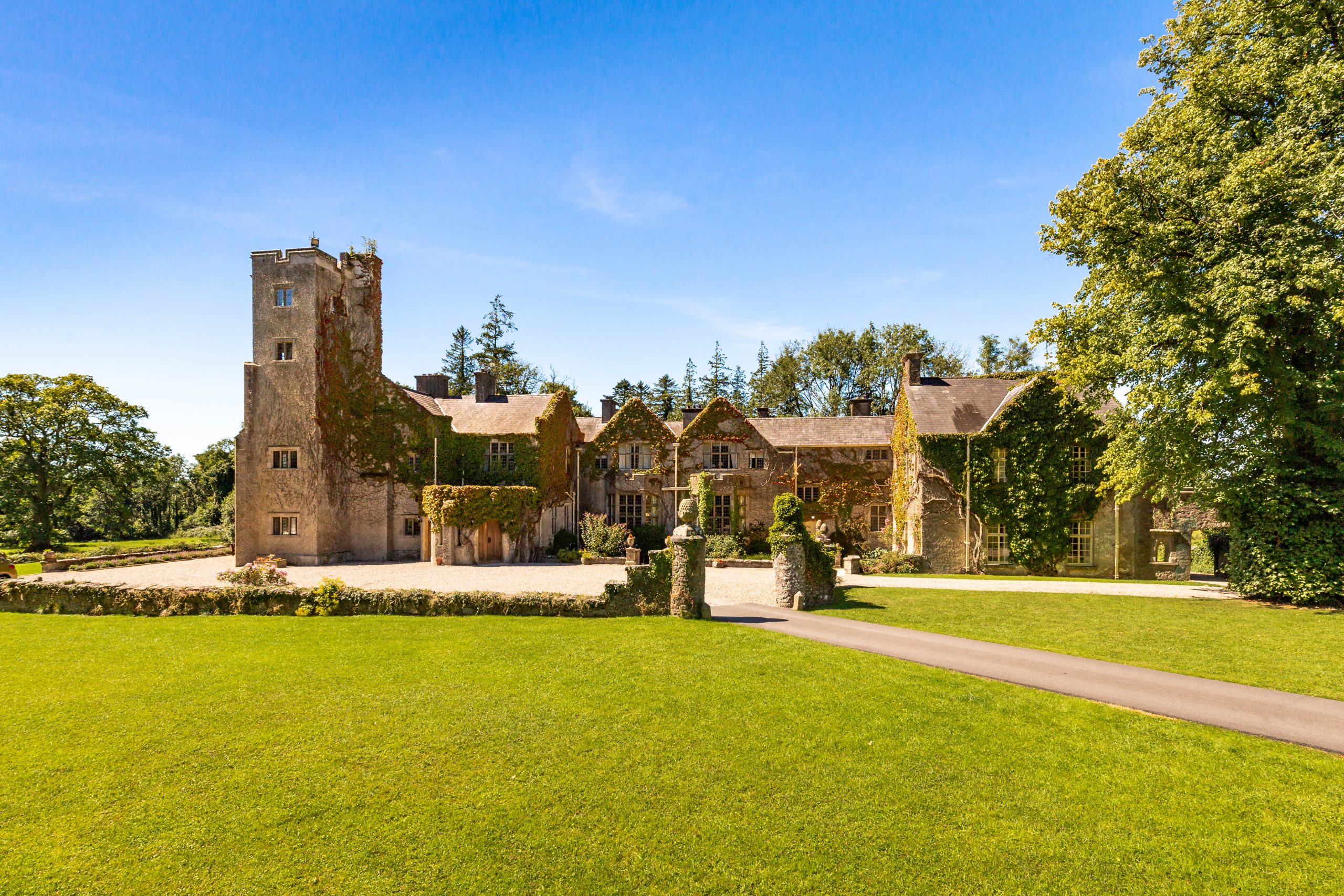
More than 500 years of mixed fortunes are encapsulated in a historic Irish estate that has come to the market: the picturesque, 448-acre Belle Isle estate overlooking Lough Erne in Co Fermanagh. James Butler of Savills in Dublin is handling the sale, quoting a guide price of £7.5 million.
The 15,524sq ft castle — listed Grade B+ — has been, for the last 25 years or so, set up as luxury holiday accommodation, comprising four well-proportioned reception rooms, two kitchens and 13 bedroom suites. The Victorian farmyard has been converted into eight courtyard apartments, while two semi-detached coach houses are used as short-term holiday rentals.
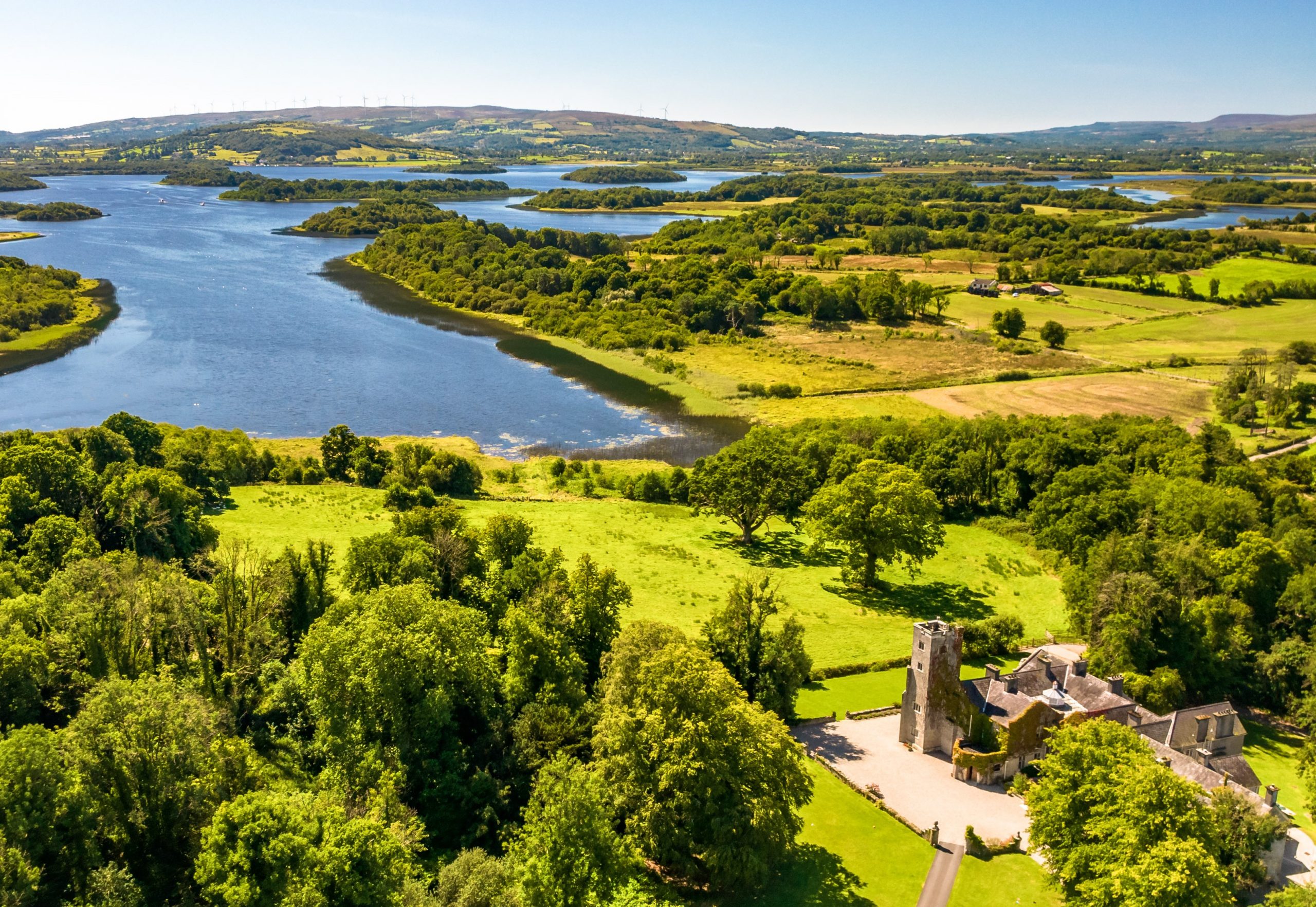
In total the let accommodation throughout the estate currently sleeps up to 65 guests, and the topography and woods form the basis of a renowned and exciting wild-bird shoot. The estate also boasts some 6½ miles of frontage on Lough Erne, with fishing and water sports available on the lake and four private islands.
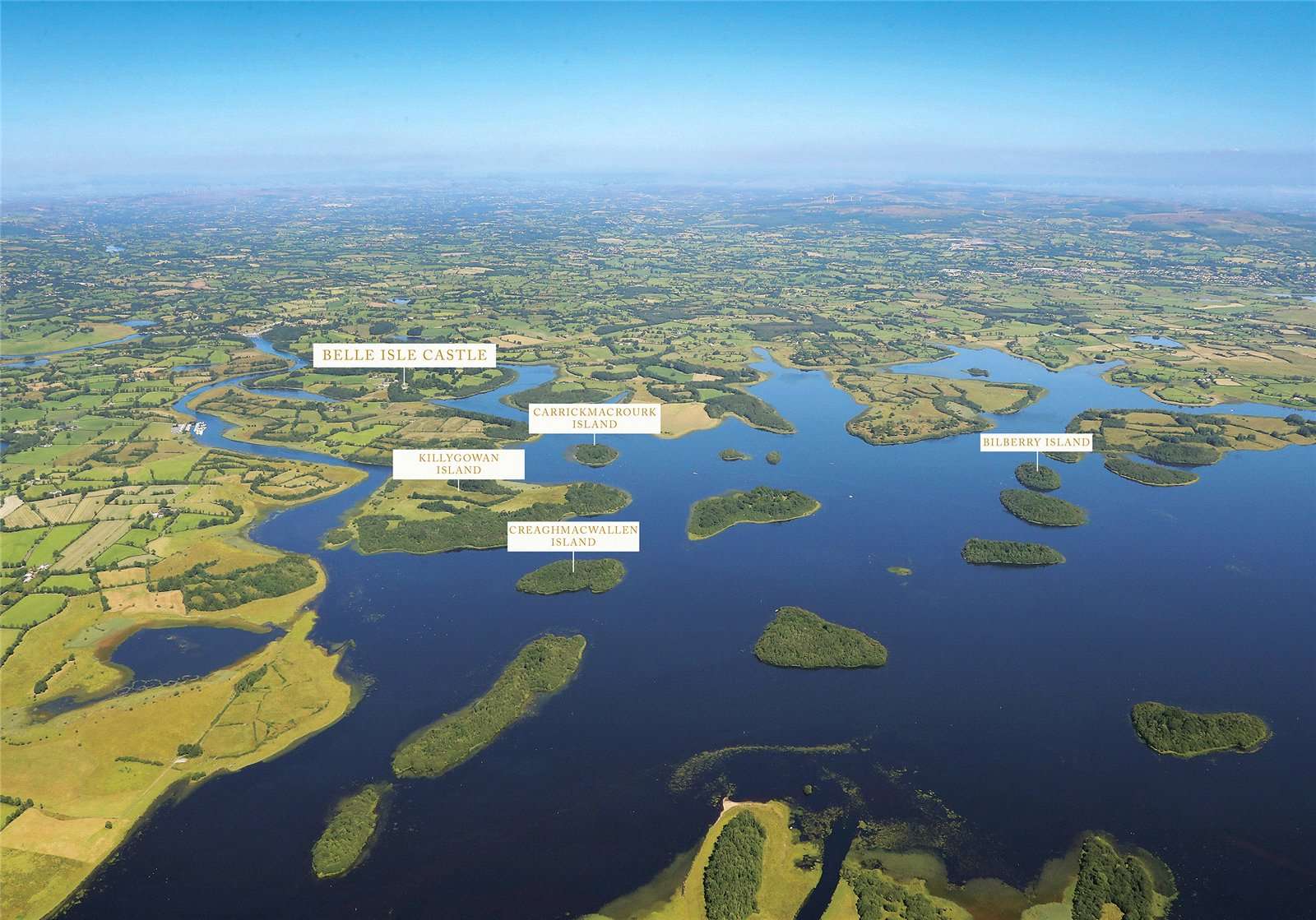
Things weren't always so peaceful. Following the Flight of the Earls in September 1607, when the Gaelic Earls of Tyrone and Tyrconnell set sail from Donegal to seek Spanish support in their long-running conflict with the English Crown, James I declared the estates of the refugee earls forfeit and intensified the colonisation of Ulster with a new Protestant population drawn from England and Scotland.
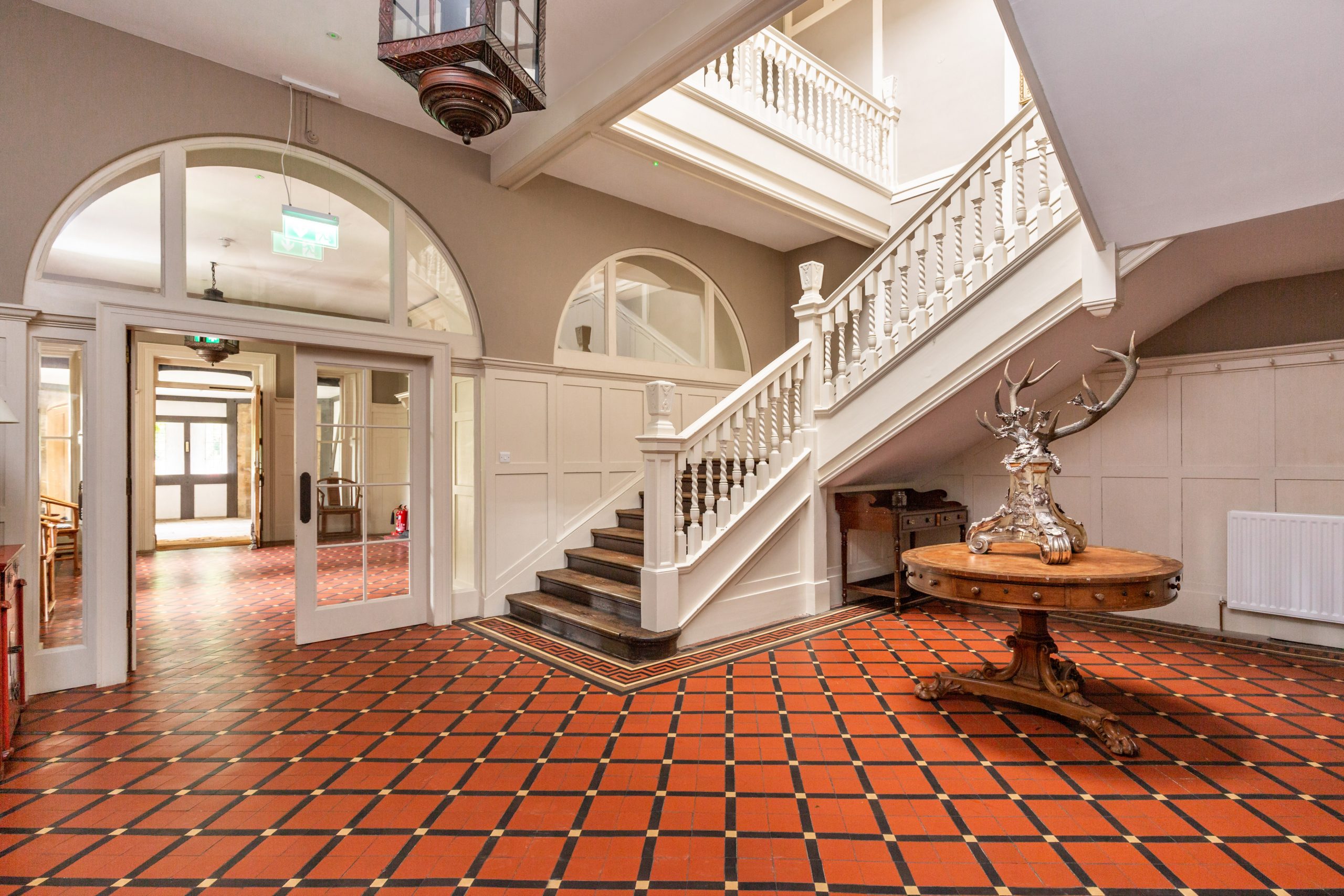
One of many beneficiaries of this process was Paul Gore, an Elizabethan soldier of fortune, who, in 1611, in addition to the 29,000-acre Manor Gore estate in Co Donegal, was granted 1,000 acres in Co Fermanagh, including Ballymacmanus Island on Lough Erne, the home of the Macmanus clan since medieval times. Gore was created a Baronet in 1621.
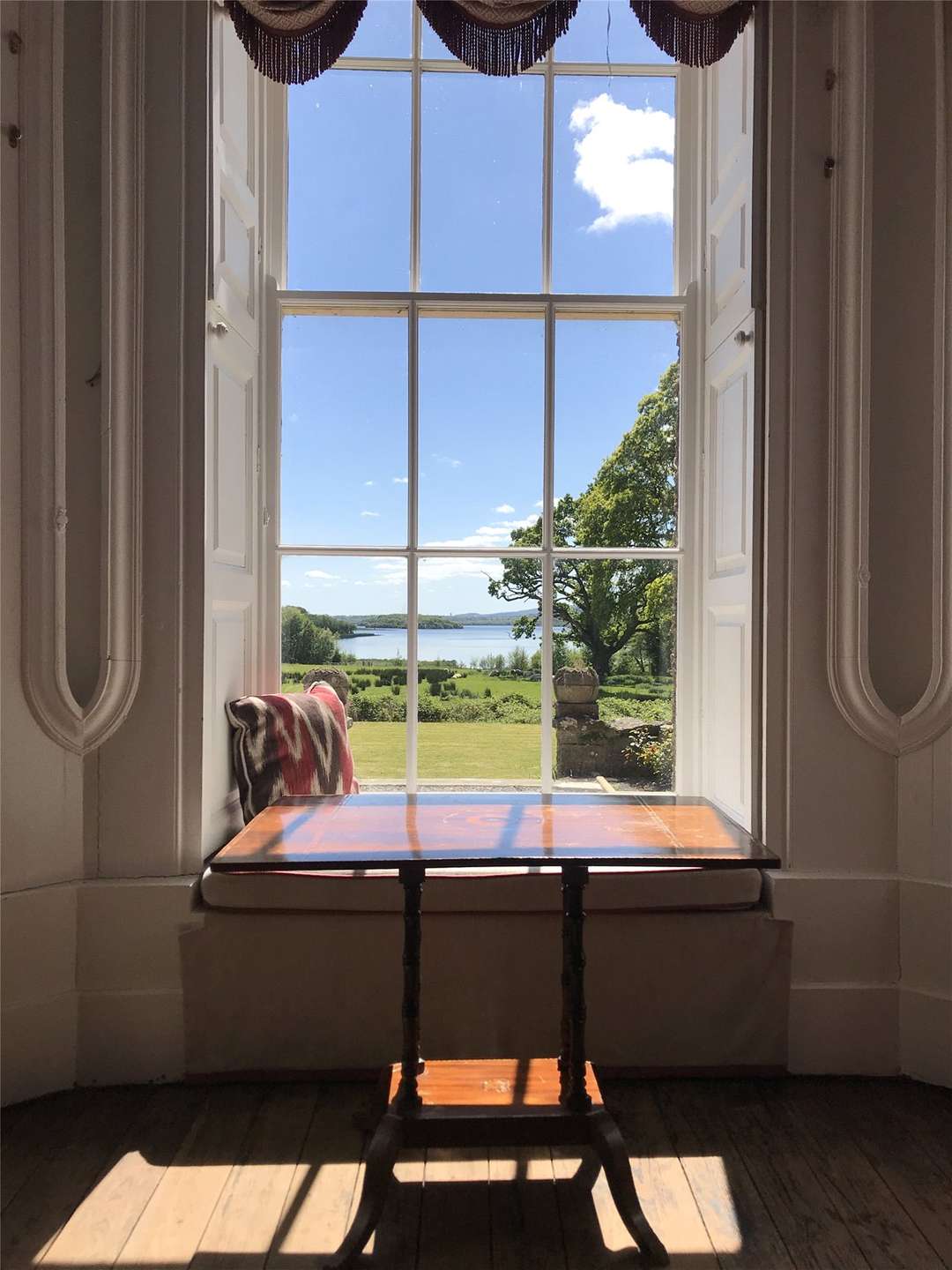
In about 1718, the 4th Baronet, Sir Ralph Gore, built himself a relatively modest Georgian house as the centrepiece of an ambitious planned landscape, and renamed the island Belle Isle. His son, also Sir Ralph, built Belle Isle Castle around the original Georgian house and significantly expanded the estate.

In 1746, another Sir Ralph, 6th Baronet, inherited Belle Isle. Successful careers, both as a soldier and an Irish parliamentarian, saw him elevated through the Irish peerage as Baron Gore of Manor Gore, Viscount Belleisle, and, finally, 1st (and last) Earl of Ross. He spent lavishly on the estate, creating follies and walks around the island and indulging his passion for racehorses and taste for fast living.
Exquisite houses, the beauty of Nature, and how to get the most from your life, straight to your inbox.
By the time he died, probably in 1802, he had squandered his entire patrimony, leaving what remained with £14,000 of debt. Belle Isle then passed to his only surviving child, Lady Mary Hardinge.

She left Belle Isle to her nephew, the Revd Sir Charles Hardinge, who, in 1830, sold what remained of ‘the ruined seat of the Earl of Ross’ to the Revd John Grey Porter, after which it remained with successive generations of the Porter family.

They restored the house and land and built a new stable court. The design of the main house, with its tower and gabled gallery extension, is attributed to London-based architect Percy Richard Morley Horder.

The last of the Porter line to own Belle Isle was Miss Lavinia Baird, who, in 1991, sold it to the Duke of Abercorn. An extensive renovation programme began with the conversion of the Hamilton Wing in 1992.
Belle Isle Estate is for sale at £7.5 million — see more details and pictures.

